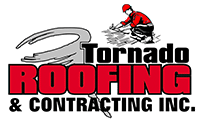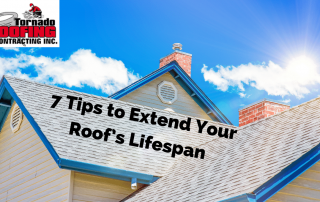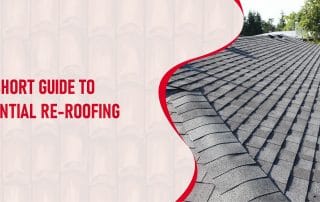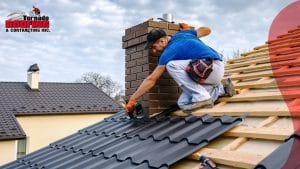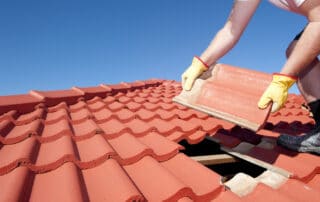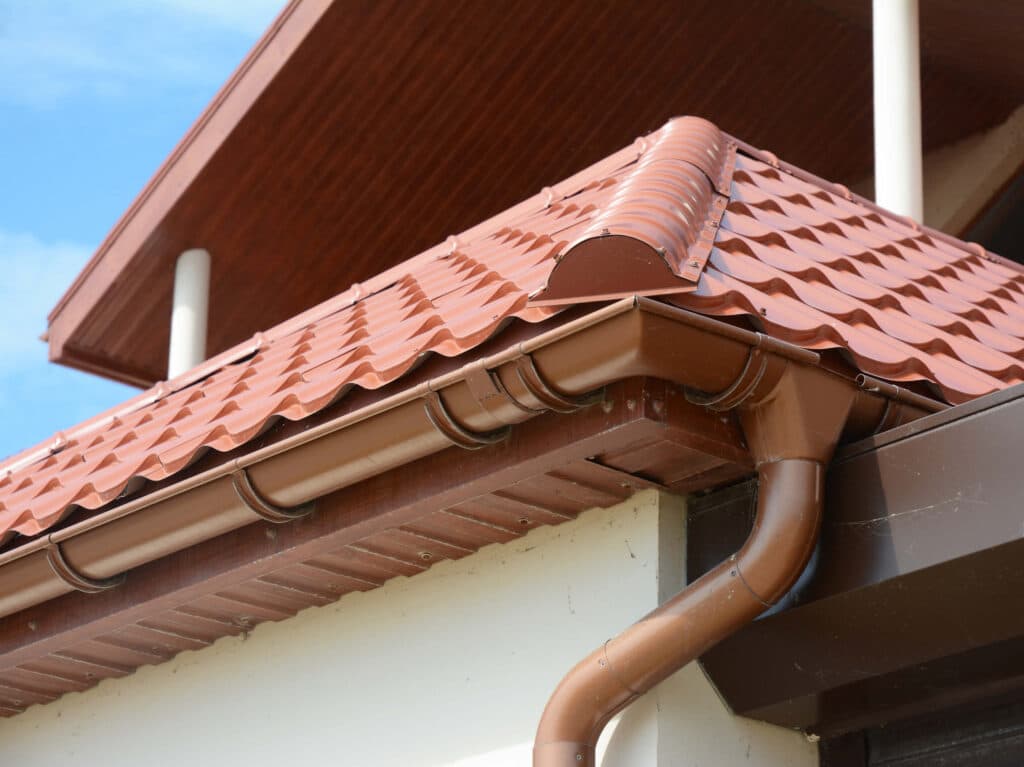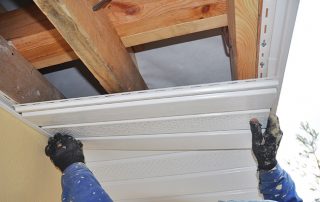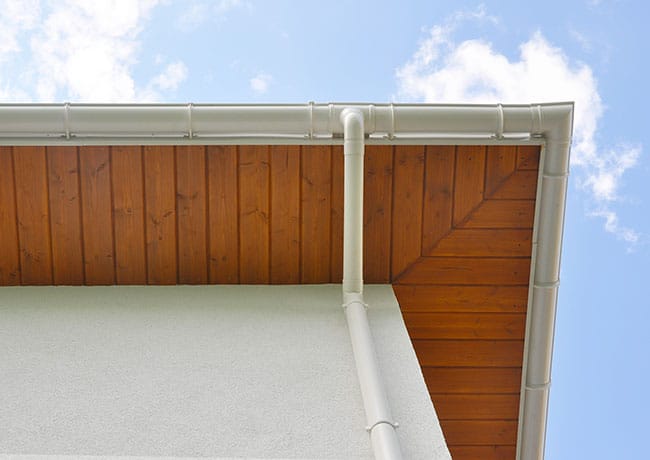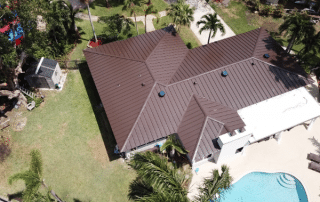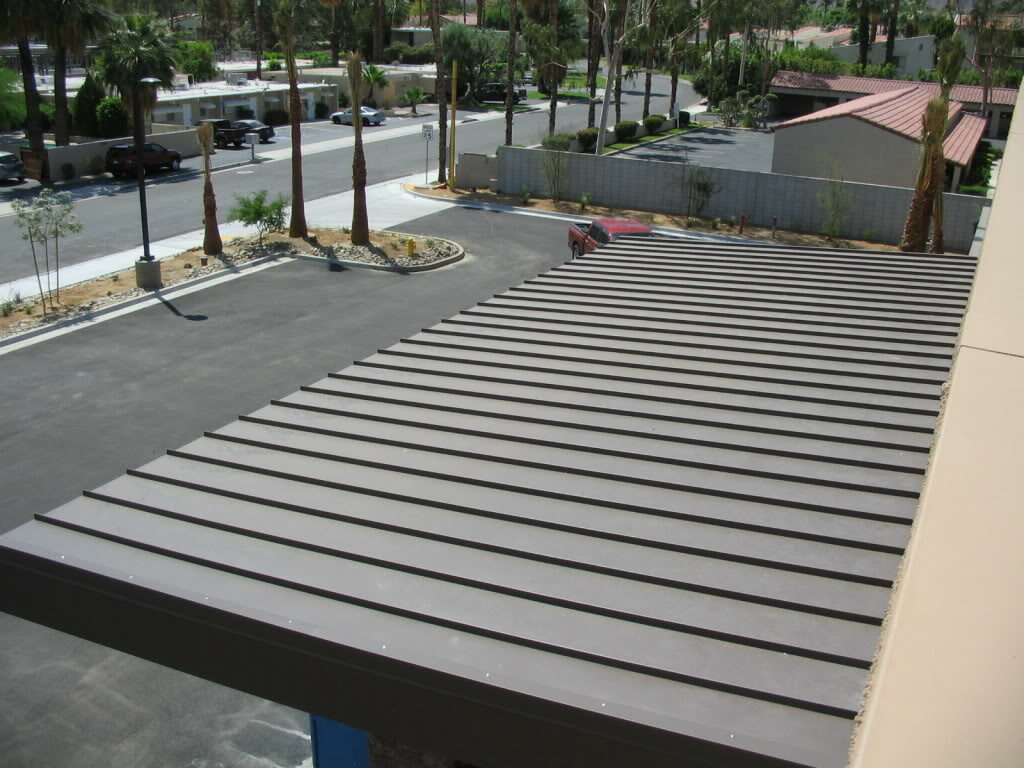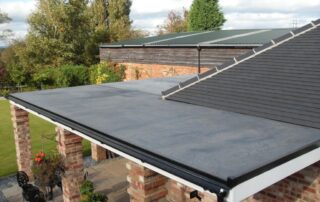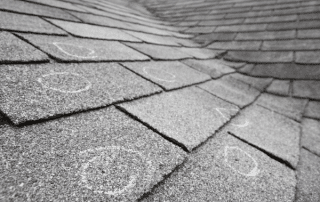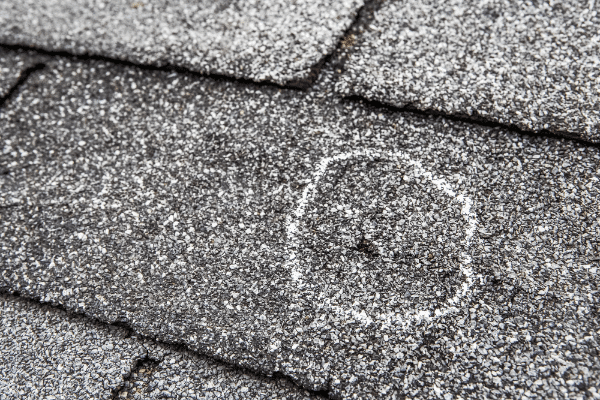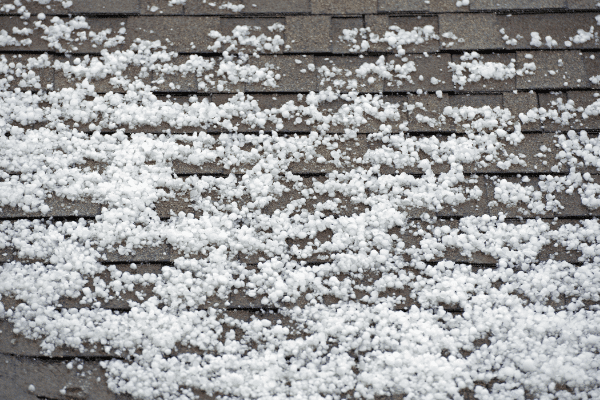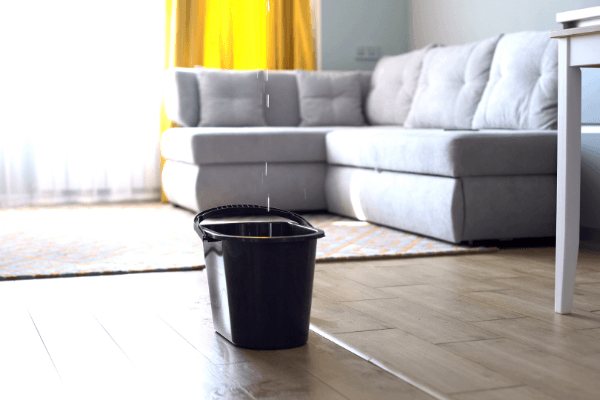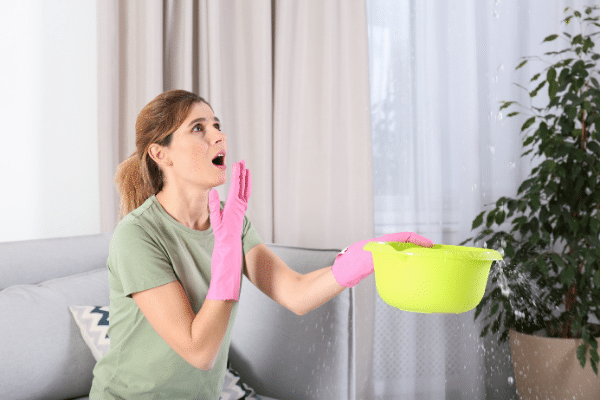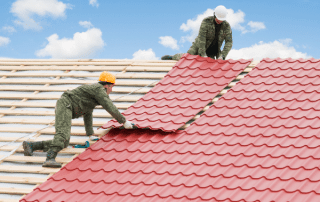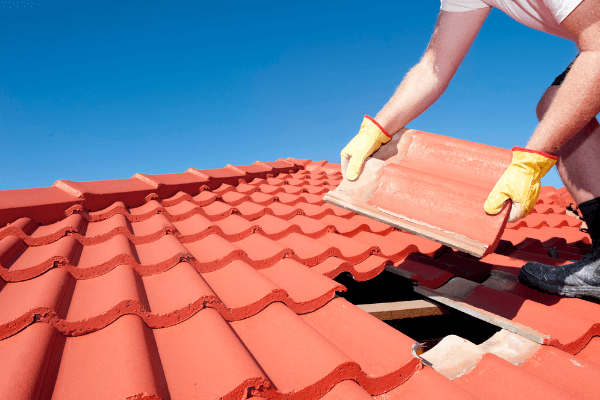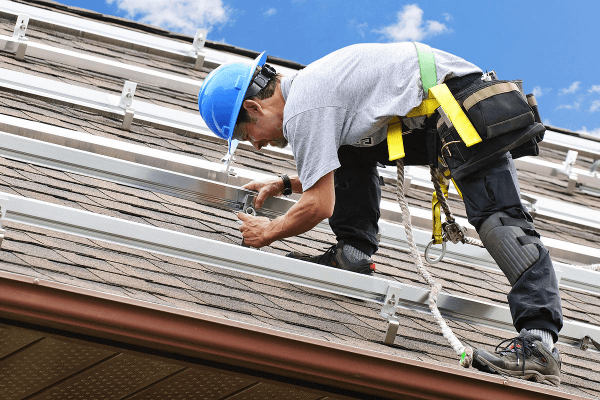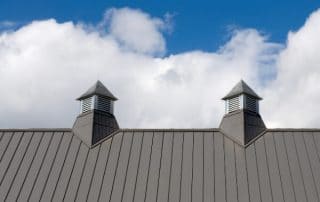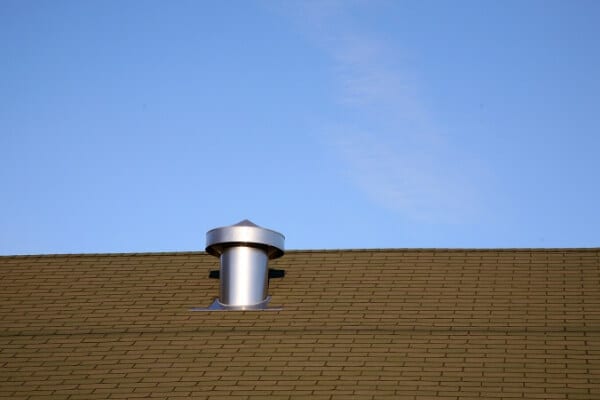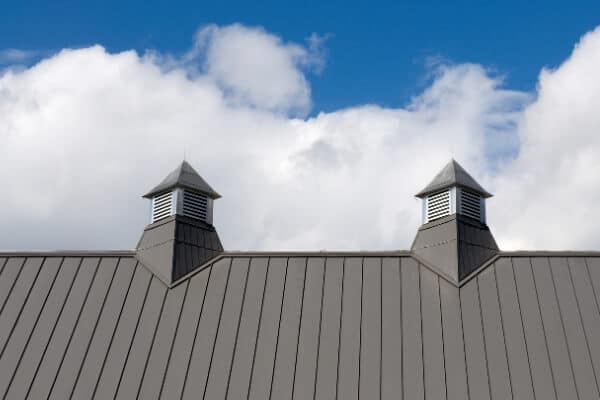Commercial Roof Maintenance Approach: 7 Tips to Extend Your Roof’s Lifespan
Commercial property owners and managers must stay on top of roof maintenance to achieve a long service life or extend the life of roofing systems at the lowest cost. Every day, your building is exposed to the elements and experiences some degree of wear and tear as a result. Failure to be proactive about maintenance and repairs will cost you in the long run. It isn’t until the water starts pouring down in buckets that any serious action is taken. And the result is far costlier roofing systems repairs that cause much bigger headaches.
Basics Of Commercial Roof Maintenance
The first step is to hire a reputable contractor that can custom design an adequate proactive maintenance program for your roofing system.
Decide ahead of time which issues to handle in-house and which you need a professional contractor to address. Remember that your roof maintenance program is an invaluable tool for proper maintenance.
What Should Be Included In Your Checklist?
With or without a professional to help you, having an idea of what will be on your checklist will help you in significant ways. A professional can also add anything to it that is specific to your roof. Here are the things that should be on anyone’s checklist.
Interior Signs Of Roof Problems
Examine your building’s interior for signs of water damage such as mold and mildew, water stains, and peeling paint. This will alert you to look for possible entry points for water on the roof above. Note: leaks can travel sideways through a building, so the cause of the damage may not be directly overhead.
Check For Dirt And Debris
Dirt and other debris can clog drains and cause roofing surfaces to rot or decay prematurely. Check for fallen tree limbs that can damage roof membranes and regularly schedule tree maintenance.
Check The Surface Area Of The Roof
Look for signs of:
- damage or weathering
- blistering
- cracking
- abrasions or deep scratches
- tears or holes
- fungus or moss growing on the roof, which should be removed
Inspect Expansion And Control Joints
Cuts, gaps, and tears indicate some repairs need to take place. The moment you see them, take care of them. Don’t wait or things can get worse.
Check Drains, Scuppers, & Gutters
Backed-up water, moss, watermarks, and mold point to clogged drains. Pay immediate attention to deteriorated or damaged flashings and seals.
Inspect the Exterior Structural Components:
On your checklist, list chimneys, vents, pipes, skylights, and equipment separately. Look for signs of aging as well as structural damage.
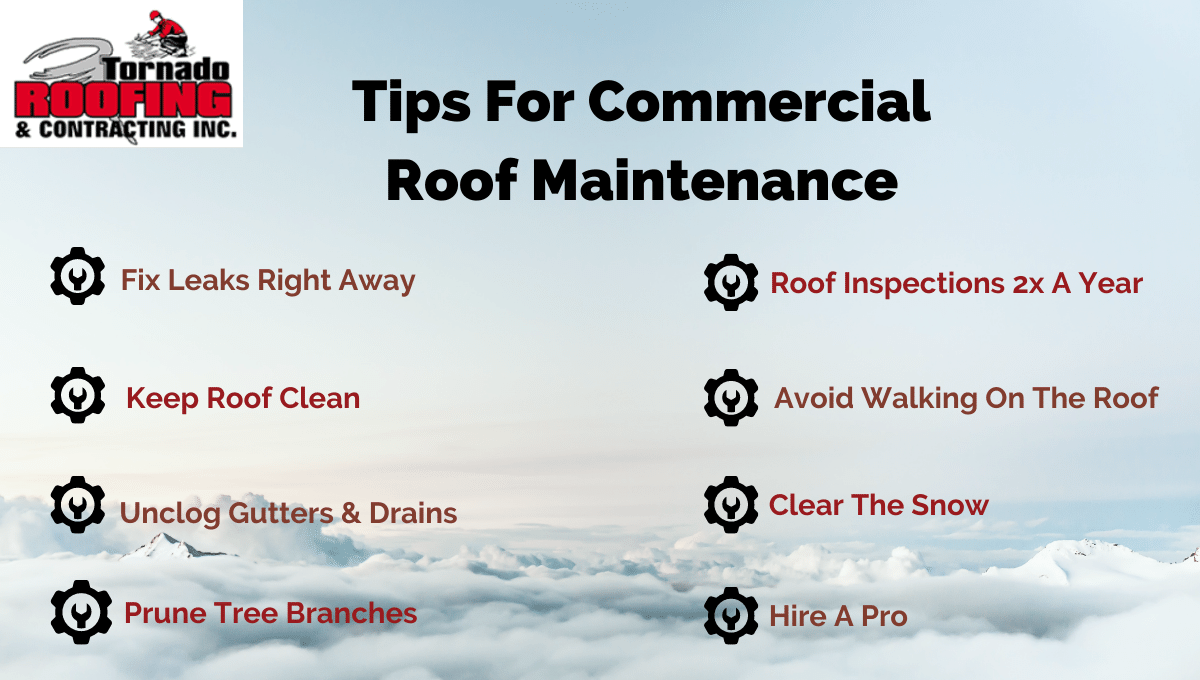
Tips for Commercial Roof Maintenance
Roof maintenance doesn’t take very much time and can save you tons of cash in the future.
Get Leaks Fixed Right Away
Ignoring a leaking roof is the worst thing that a commercial building owner could do. Over time, a leak will only worsen and be more expensive to repair. It could cause all types of damage to your building, such as equipment or electrical damage. Even worse, it could cause your roof to collapse. Contact your roofing contractor immediately at the first indication that your commercial roof is compromised.
Get Your Roof Inspected Twice a Year
It is highly advisable to have a professional roofing contractor inspect your commercial roof twice a year to identify any potential compromises to your rooftop. Have your roof inspected for undetected leaks, cracks, sagging, or weak spots. Have a roofer check for possible problems around vents, skylights, eaves, and joints. You will especially want to schedule an inspection before winter sets in to avoid confronting roofing issues during freezing temperatures.
Avoid Walking on the Roof
The least amount of traffic on your commercial roof, the better. Consider installing walk pads that will stabilize the roof and prevent lasting damage. This can also prolong the lifespan of the roof.
Check Your Roof After Bad Storms
Storms with high wind, hail or heavy snow can cause damage to your commercial roof that might go undetected until it turns into a significant issue. It is advisable to have a special inspection after substantial storms.
Keep Your Commercial Roof Clean
Keeping your roof clean can help avoid a buildup of debris that can lead to clogs, algae, or mold growth. Any of these issues can lessen the life of your roof. Regular cleanings and making sure all equipment is clear of debris will protect your commercial investment for the long haul.
Regularly Unclog Gutters and Drains
Because rains and storms can direct debris to your roof drainage system, they need to be cleaned regularly to avoid clogs. Clogged gutters could lead to preventable leaks, mold and mildew, and a bunch of other issues for your roof. Check and repair any cracks, loosened gutters, or drains.
Prune Overhanging Tree Branches
Because falling tree limbs can cause significant damage to any roof, it is best practice to have trees pruned regularly. Not only will this eliminate roof damage due to broken limbs, but it will also better keep your roof clear of falling leaves or nuts. In addition, it will keep your roof from accumulating algae due to the lack of sun shining on your commercial roof.
Get Snow Cleared in Winter Months
If heavy snow sits on a commercial roof for an extended period, leaks, ice dams, ice cycles, and other problems can arise. If you accumulate snow, have an experienced snow removal specialist maintain your roof during the winter.
Hire a Professional Commercial Roofing Contractor
Ensure that your commercial roofing contractor is certified and has the proper training to handle your roofing needs. This ensures they will properly install the roof with little to no problems after that. Vet your roofer and ask for references that you can contact to make sure they are up to the job.
Final Thoughts
If you want something to last, you need to take care of it. Your building, more specifically your roof, is no different. You need to take care of it, which means developing a commercial roof maintenance plan, performing regular inspections and repairs, and performing special inspections after any events that may have damaged your roof. Once you build your commercial roof maintenance plan, be sure to write it down, let your team know what it is, and then follow it.
